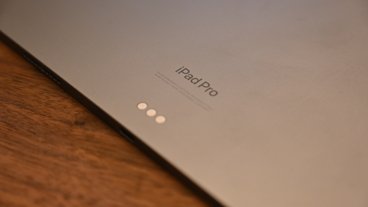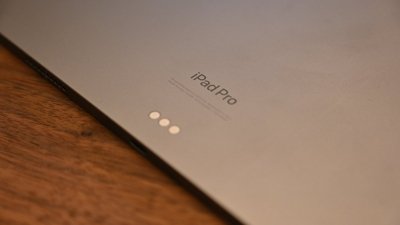Report: Jobs to announce switch to Intel at WWDC
UPDATE: The Wall Street Journal on Saturday confirmed CNET's report, stating that an industry executive "familiar with the matter" verified the schedule outlined in the story.
— —
Following weeks of speculation, a new report on CNET News.com suggests that will Apple use next week's World Wide Developers Conference to announce a transition to Intel-based Macs.
According to the report, Apple plans to move lower-end computers such as the Mac Mini to Intel chips in mid-2006 and higher-end models such as the Power Mac in mid-2007.
Steve Jobs is scheduled to deliver the opening keynote at WWDC on June 6 at the Moscone Center in San Francisco. The week-long gathering includes in-depth technical sessions, hands-on labs, and other special events. The conference poses an ideal opportunity to announce such a controversial transition.
"The conference would be an appropriate venue: Changing the chips would require programmers to rewrite their software to take full advantage of the new processor," CNET's Stephen Shankland wrote.
Friday's report follows weeks of speculation sparked by a Wall Street Journal article published last month suggesting Apple was considering moving to Intel-based Macs.
While the Journal report generated a buzz in the industry, it was met with much skepticism from analysts and Mac fans. According to the WSJ, a partnership with Intel might help Apple become more competitive in the personal computer industry by reducing the cost of Macs and allowing the company to deliver faster Macs with shorter intervals between product refreshes.
A move away from the PowerPC platform would help Apple remain competitive with Intel-based PCs, which have historically touted faster microprocessors, according to some analysts. And while a faster processor does not necessarily correlate to better performance, periodic refreshes of PCs with higher clock rates have helped drive computer sales.
When the Power Mac G5 debuted in 2003, hopes were high for Apple's partnership with IBM. Apple had found a way out of its frustrating reliance on Motorola (now Freescale), which had been the primary supplier of PowerPC chips. Apple turned to IBM — one third of the AIM (Apple-IBM-Motorola) alliance — for a much-needed new generation of PowerPC processors.
At WWDC 2003, Apple CEO Steve Jobs presented the Power Mac G5, with IBM PowerPC processors running as fast as 2.0GHz. At the time, it appeared Apple had a fighting chance in the so-called gigahertz wars with Intel and AMD. IBM promised 3.0GHz G5 processors by WWDC 2004, with even faster chips expected in 2005.
Unfortunately, two years later, IBM is still unable to deliver a 3.0GHz processor for Apple. The fastest Power Mac G5, announced in April, approaches that milestone with two processors running at 2.7GHz. Many Mac enthusiasts, however, feel the latest update is too little, too late.
While most users and analysts credit the G5 as worthy competitor to processors from Intel and AMD, there is much frustration in the Mac community about inconsistent update cycles and product availability. If Apple transitions to Intel processors, it will mark the end to one long-standing love-hate relationship, but perhaps the start to another.
Drop us a line if you are attending WWDC.
 AppleInsider Staff
AppleInsider Staff










 Malcolm Owen
Malcolm Owen
 Charles Martin
Charles Martin
 Mike Wuerthele
Mike Wuerthele


 Chip Loder
Chip Loder

 William Gallagher
William Gallagher







433 Comments
What IF it's not X86 but Intel manufacturing a PPC ISA chip of Apple's design?
I think it's wise that we all keep cool and wait for WWDC to see if this story is true. Who knows, this may be related to a Mac Tablet of some sort.
Hah. If this turns out to be true, I'll enjoy a good laugh at the expense of the "ain't never gonna happen" numbnut knee-jerk dogpilers.
Hah. If this turns out to be true, I'll enjoy a good laugh at the expense of the "ain't never gonna happen" numbnut knee-jerk dogpilers.
And if it turns out to be false we'll continue to think of you as the snide prick we always knew you were.
And if it turns out to be false we'll continue to think of you as the snide prick we always knew you were.
That's a silly thing to say, since I rarely post here...